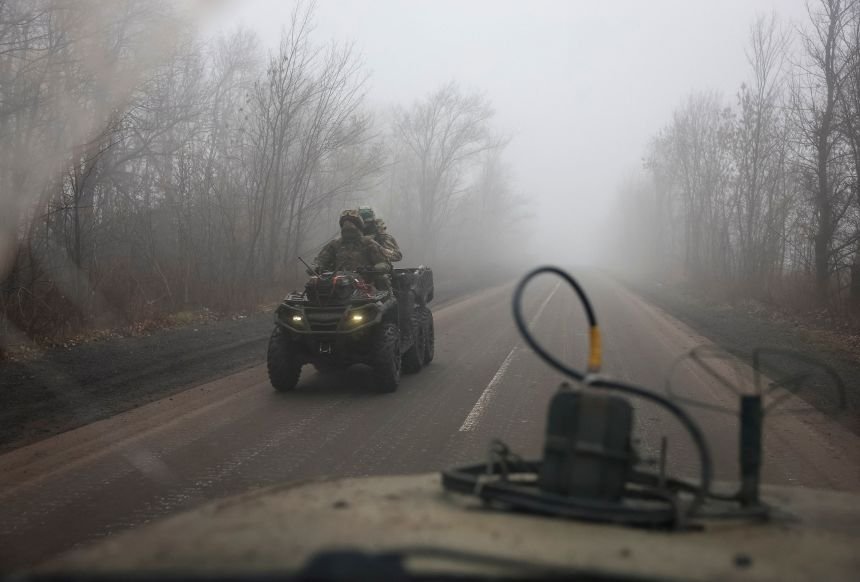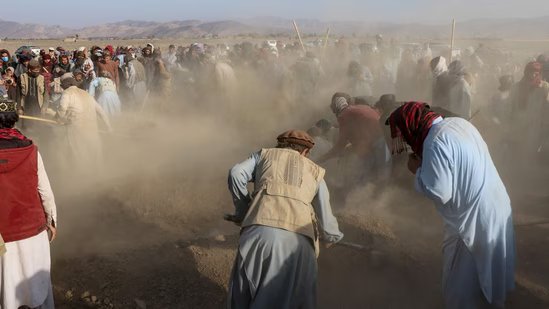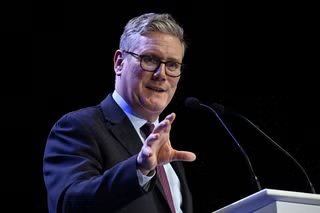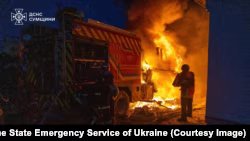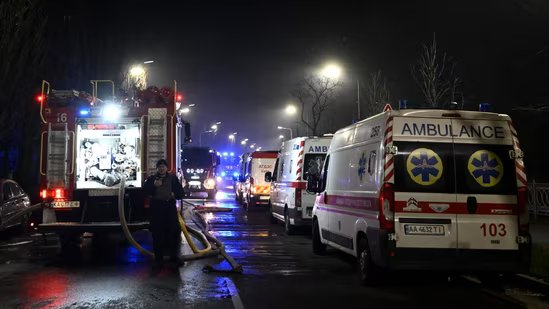Ukraine continues to suffer the swings and roundabouts of outrageous fortune at the hands of American negotiators but is learning how to survive the whirligig of the White House.
Donald Trump and his envoys are neither honest brokers nor even allies of Kyiv’s fight to defend itself against Russian invaders. But, for a little while, it seems that Ukraine has managed to swing them away from being outright enemies.
American officials have reportedly told US media that some kind of a deal has been struck in Abu Dhabi – after last weekend’s talks in Geneva – and that the prospects for peace in Ukraine are looking good.
The nature of that deal is key. And there is no clarity on what version of a plan that is, or even whether it’s a blueprint for peace or for just a ceasefire.
Kyiv rejected last week’s Trump administration plan for total capitulation by Ukraine. There have been red faces in the White House since it was published, after some linguistic analysis suggested that it may have originally been written in Russian.
Marco Rubio, the US secretary of state, apparently had no idea the proposal was in the works. European leaders condemned it, Ukraine rejected it, and Moscow loved it.
Ukraine took the opening brouhaha as an opportunity to whisper its way through to Trump’s people.
Over the weekend, Kyiv and European leaders took the US proposal that the Russians liked so much and turned it inside out.
Out went Trump’s suggestion that Ukraine give Russia land it hasn’t even captured yet, give America preferential profit deals on projects the US had not even funded, and out went the cap on Ukraine’s forces at 600,000. Out went a ban on Ukraine’s Nato membership and in came a demand for Russian reparations.
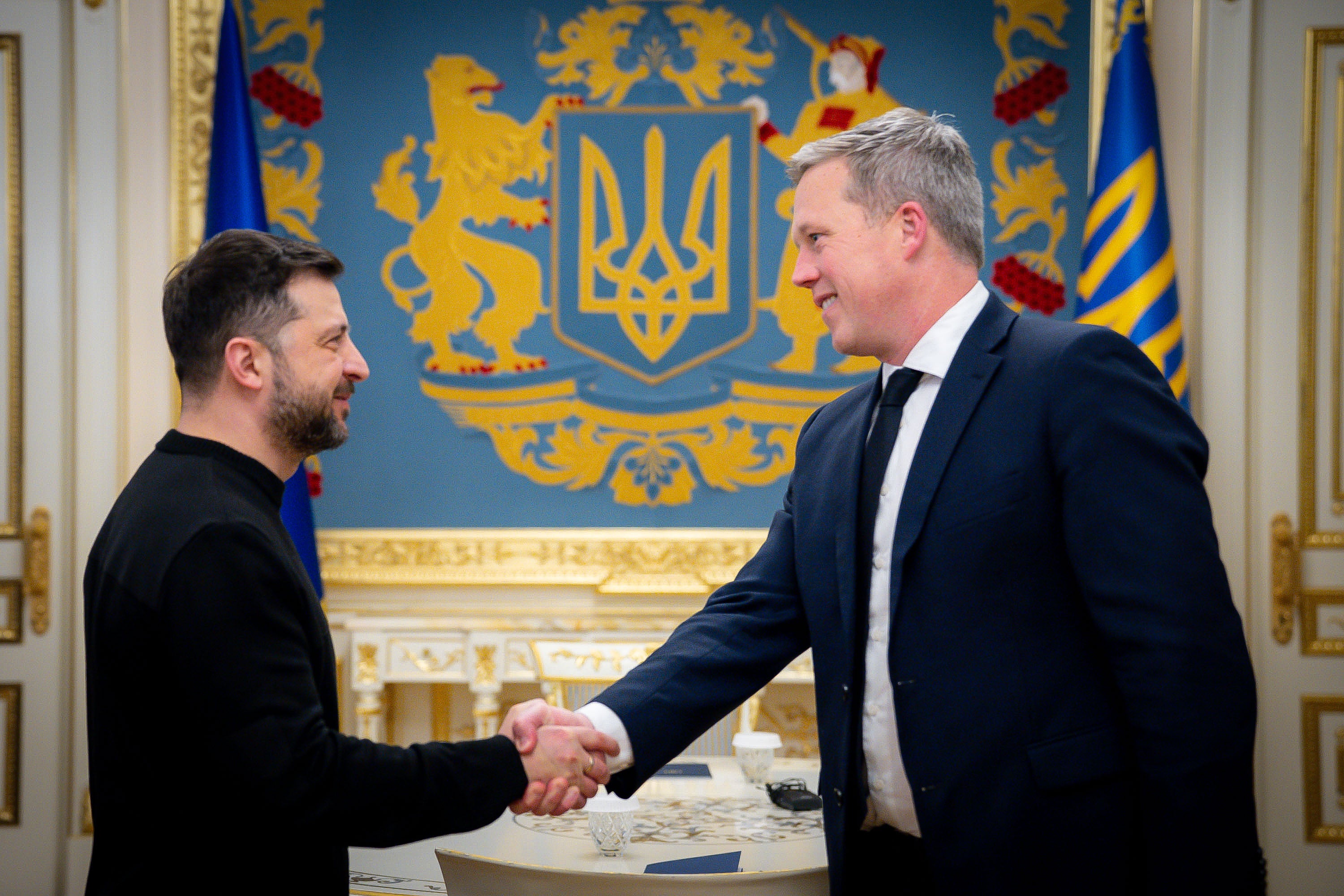
Above all, Ukraine would get “chapter five type” security guarantees from the US and all other allies, which would trigger a military conflict with Moscow if Russia tried a new invasion.
Now, according to Ukraine’s head of the national security council, Rustem Umerov, America has signed up to some of what was agreed with Europe and Ukraine at the weekend.
“Our delegations reached a common understanding on the core terms of the agreement discussed in Geneva. We now count on the support of our European partners in our further steps,” he said.
In Kyiv, a Ukrainian official deeply involved with ceasefire negotiations said that the US appeared to have agreed to adopt Ukraine’s positions.
The official in president Volodymyr Zelensky’s office said that if the deal was “the framework from Geneva, we’re okay. It’s not a bad framework to work further”.
And Zelensky wrote on X: “Following the meetings in Geneva, we see many prospects that can make the path to peace real. There are solid results, and much work still lies ahead.”
But it is not at all clear if the US has done a handbrake turn. Trump has consistently ruled out offering American forces as a guarantee for Ukraine’s future security.

The Geneva plan allows for progressive sanctions to be lifted on Russia and for Moscow to rejoin the G8 economic group of nations.
Trump wants to get back to business in Russia immediately.
Ukraine has said that US negotiators, led by Daniel Driscoll, had agreed to work within the terms of the new deal.
American officials, seldom given to clarity or veracity anyway, were more vague.
“Over the past week, the United States has made tremendous progress towards a peace deal by bringing both Ukraine and Russia to the table,” said Karoline Leavitt, Trump’s press secretary.
“There are a few delicate, but not insurmountable, details that must be sorted out and will require further talks between Ukraine, Russia, and the United States.”
Russia doesn’t like the way Kyiv has managed to get into the conversation over its own future, nor the way Zelensky’s team have managed to manoeuvre the plan towards its side.
On Monday, Moscow had rejected the Ukrainian-European 28-point plan for peace outright and “completely unconstructive”.
For Zelensky and his allies, efforts will focus on riding the Trump carousel of chaos long enough for him to agree to their proposals.
But it is Putin who Trump sees as the ringmaster and who will likely whip the US back towards the Russian line.


